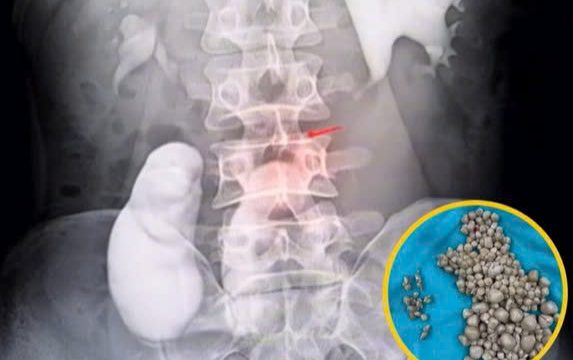More than 50 years have passed, and the world still wonders whether science has advanced enough to achieve what was once considered impossible: bringing a person back to life. Can modern technology truly revive someone who has been frozen for decades? This question has lingered in the minds of scientists, researchers, and curious onlookers alike. It was a question Dr. James Hiram Bedford, a man driven by hope and an unyielding desire to live, grappled with when he made the bold decision to have his body cryogenically preserved in 1967.

James Hiram Bedford was no ordinary man. A psychology professor at the University of California and a World War I veteran, Bedford lived a life full of adventure and purpose. He traveled extensively, exploring the Amazon rainforest, hunting in Africa, and touring Greece, Türkiye, Spain, England, Scotland, Germany, and Switzerland. He even undertook the daring journey of driving along the Alcan Highway to reach the remote landscapes of northwest Canada and Alaska. Twice married and deeply passionate about life, Bedford had seen and experienced more than most people could in several lifetimes.
However, in 1967, Bedford received devastating news: he had terminal kidney cancer, which had metastasized to his lungs. At that time, medical science had no cure for such a condition. Faced with an inevitable end, Bedford turned to an unconventional solution inspired by Dr. Robert Ettinger’s book, The Prospect of Immortality. Ettinger, known as the father of cryonics, had founded the Cryonics Institute and sparked the idea of preserving human bodies through freezing in the hope of future revival.
On January 12, 1967, Bedford became the first person in history to undergo cryonic preservation. With the assistance of Robert Nelson, a cryonics pioneer, Bedford’s body was prepared for preservation. Immediately after his death from cardiac arrest at the age of 73, Dr. Renault Able performed artificial respiration and cardiac massage to maintain some level of circulation. Bedford’s blood was drained and replaced with dimethyl sulfoxide, a chemical intended to minimize damage to his organs during the freezing process. Finally, his body was placed in a tank of liquid nitrogen, cooled to an astonishing minus 196 degrees Celsius.
Before his death, Bedford left behind over $100,000—a significant sum at the time—to fund the long-term storage and care of his frozen body. Despite his hope for the future, Bedford’s parting words to Robert Nelson were not rooted in certainty but in optimism: “I want you to understand that I did not do this with the thought that I would be revived. I did this in the hope that one day my descendants will benefit from this wonderful scientific solution.”
In 1991, after 24 years in cryogenic suspension, Alcor Life Extension Foundation technicians decided to examine Bedford’s preserved body. Upon opening the metal chamber, they discovered Bedford wrapped in a pale blue sleeping bag, secured with nylon straps. His body was still encased in liquid nitrogen, and despite some physical imperfections, the preservation was deemed relatively successful. His skin showed signs of discoloration, there were cracks on his chest and neck, and two visible holes in his torso. His eyes were half-open, the corneas frozen into a chalky white. Yet, remarkably, his face appeared youthful, and his overall condition was better than expected.
The technicians rewrapped Bedford’s body in a new sleeping bag and carefully submerged him once again into liquid nitrogen, where he would remain suspended alongside 145 other frozen individuals. Each of these people, like Bedford, shares a singular hope—that science will one day unlock the secrets of reanimation.
Despite the promises and technological advancements of the past decades, Bedford remains frozen, a symbol of humanity’s relentless pursuit of immortality. The cryonics community remains hopeful that advancements in biotechnology, regenerative medicine, and nanotechnology may one day provide the tools necessary to reverse the damage caused by freezing and successfully revive cryonically preserved individuals.
However, the question remains: will Bedford ever wake up? As of now, cryonics remains suspended in a realm of both science and speculation. The preservation process has improved significantly since Bedford’s time, but the technology required for revival has yet to materialize.
For now, Bedford’s story serves as both a scientific milestone and a philosophical reflection on humanity’s quest to conquer death. It’s a tale of ambition, hope, and the unyielding belief in progress. Whether or not James Hiram Bedford will ever walk among the living again remains uncertain, but his legacy endures. His decision to become the first cryonically preserved human has inspired countless scientists, engineers, and dreamers to push the boundaries of what’s possible.
More than 50 years later, Bedford rests in his frozen chamber, surrounded by liquid nitrogen and safeguarded by the unwavering commitment of cryonics researchers. Whether he remains a historical footnote or becomes the first person to return from cryogenic suspension, his story will forever symbolize humanity’s relentless pursuit of immortality. The world continues to wait, watching science inch closer to an answer—one frozen breath at a time.





